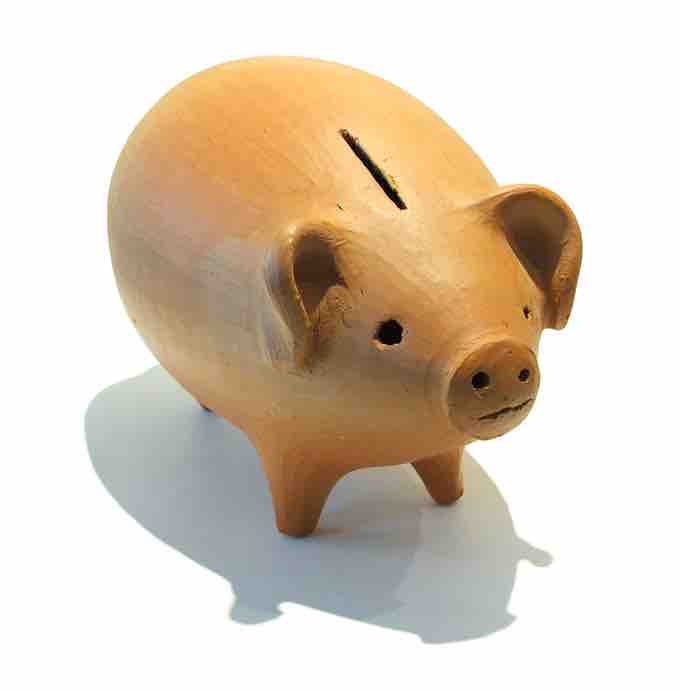How to Prepare a Balance Sheet

Balance Sheet Preparation
How to prepare a balance sheet.
All balance sheets follow the same format: when two columns are used, assets are on the left, liabilities are on the right, and net worth is beneath liabilities. When one column is used, assets are listed first, followed by liabilities and net worth. Balance sheets are usually prepared at the close of an accounting period.
Current Assets
To start, focus on the current assets most commonly used by small businesses: cash, accounts receivable, inventory and prepaid expenses. Cash includes cash on hand, in the bank, and in petty cash. Accounts receivable is what you are owed by customers. To make this number more realistic, an amount should be deducted from accounts receivable as an allowance for bad debts.
Inventory may be the largest current asset. On a balance sheet, the value of inventory is the cost required to replace it if the inventory were destroyed, lost, or damaged. Inventory includes goods ready for sale, as well as raw material and partially completed products that will be for sale when they are completed.
Prepaid expenses are listed as a current asset because they represent an item or service that has been paid for but has not been used or consumed. An example of a prepaid expense is the last month of rent on a lease that may have been prepaid as a security deposit. The prepaid expense will be carried as an asset until it is used. Prepaid insurance premiums are another example of prepaid expenses. Sometimes, prepaid expenses are also referred to as unexpired expenses. On a balance sheet, current assets are totaled and this total is shown as the line item called "total current assets. "
Fixed Assets
Fixed assets are the assets that produce revenues. They are distinguished from current assets by their longevity. They are not for resale. Many small businesses may not own a large amount of fixed assets, because most small businesses are started with a minimum of capital. Of course, fixed assets will vary considerably and depend on the business type (such as service or manufacturing), size, and market.
Fixed assets include furniture and fixtures, motor vehicles, buildings, land, building improvements (or leasehold improvements), production machinery, equipment and any other items with an expected business life that can be measured in years. All fixed assets (except land) are shown on the balance sheet at original (or historic) cost, minus any depreciation. Subtracting depreciation is a conservative accounting practice to reduce the possibility of over valuation. Depreciation subtracts a specified amount from the original purchase price for the wear and tear on the asset.
It is important to remember that original cost may be more than the asset's invoice price. It can include shipping, installation, and any associated expenses necessary for readying the asset for service. Assets are arranged in order of how quickly they can be turned into cash. Like the other fixed assets on the balance sheet, machineryand equipment will be valued at the original cost minus depreciation. "Other assets" is a category of fixed assets. Other assets are generally intangible assets such as patents, royalty arrangements, and copyrights.
Liabilities
Liabilities are claims of creditors against the assets of the business. These are debts owed by the business.There are two types of liabilities: current liabilities and long-term liabilities. Liabilities are arranged on the balance sheet in order of how soon they must be repaid. For example, accounts payable will appear first as they are generally paid within 30 days. Notes payable are generally due within 90 days and are the second liability to appear on the balance sheet.
Current liabilities include the following:
- Accounts payable
- Notes payable to banks (or others)
- Accrued expenses (such as wages and salaries)
- Taxes payable
- The current amount due within a one year portion of long-term debt
- Any other obligations to creditors due within one year of the date of the balance sheet
The current liabilities of most small businesses include accounts payable, notes payable to banks, and accrued payroll taxes. Accounts payable is the amount you may owe any suppliers or other creditors for services or goods that you have received but not yet paid for. Notes payable refers to any money due on a loan during the next 12 months. Accrued payroll taxes would be any compensation to employees who have worked, but have not been paid at the time the balance sheet is created.
Liabilities are arranged on the balance sheet in order of how soon they must be repaid.
Long-term liabilities are any debts that must be repaid by your business more than one year from the date of the balance sheet. This may include start up financing from relatives, banks, finance companies, or others.